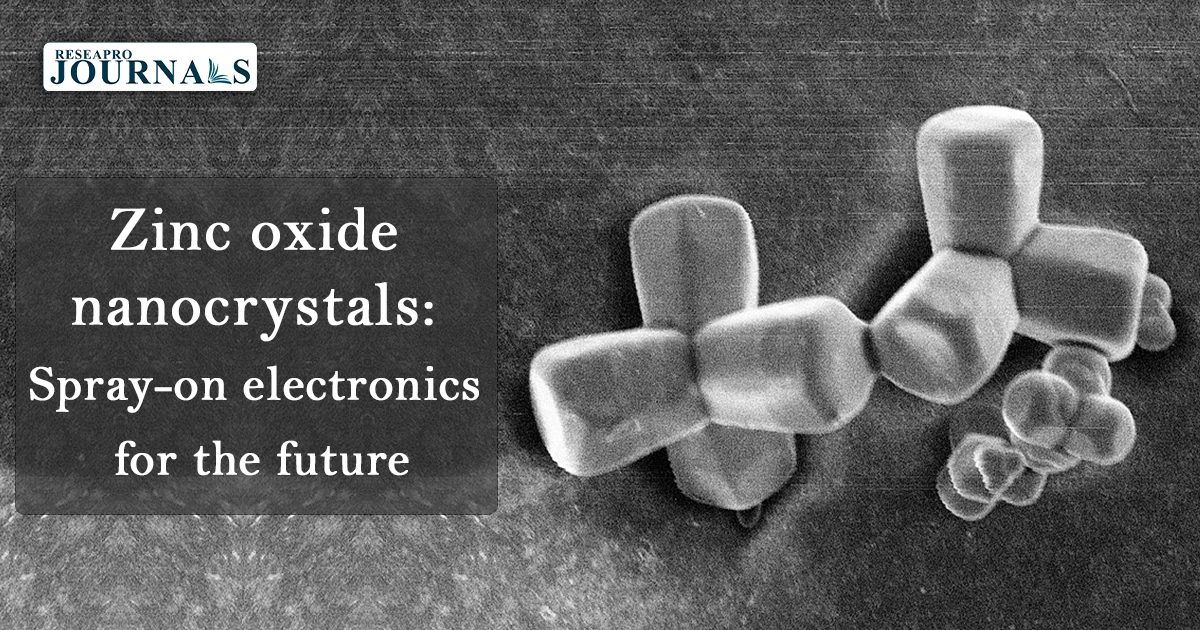Zinc oxide nanocrystals are a promising new material that could be used to make spray-on electronic components for ultra-thin, lightweight, and bendable displays and devices. The material is versatile and can be incorporated into many components of future technologies including mobile phones and computers. Researchers at RMIT University in Australia have reviewed production strategies, capabilities, and potential applications of zinc oxide nanocrystals in the journal Chemical Reviews. The team found that zinc oxide nanocrystals can be formulated into ink and deposited as an ultra-thin coating. The process is like ink-jet printing or airbrush painting, but the coating is hundreds to thousands of times thinner than a conventional paint layer. These coatings can be made highly transparent to visible light, yet also highly electrically conductive – two fundamental characteristics needed for making touchscreen displays. The nanocrystals can also be deposited at low temperatures, allowing coatings on flexible substrates, such as plastic, that are resilient to flexing and bending.




